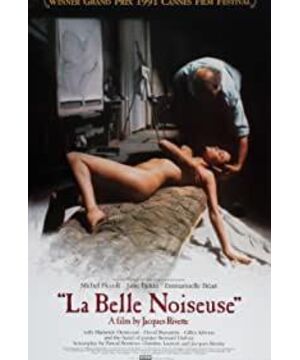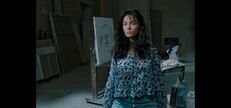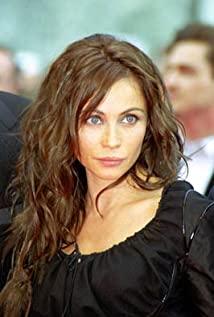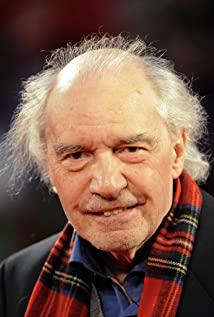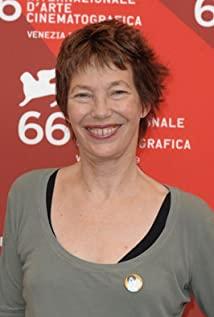The camera-like recording of everything while painting and the "intransitive" (camera) gaze, the sadistic distortion of the body, and the ascetic rejection of the dramatic conflict that can break out in a deviant love make up the uninhibited beauty. The basic narrative zero degree arbitrarily inverts the gender war ethics drama into a delicate dialectic of the relationship between subject and object.
To a certain extent, the length of the film should be attributed to the meticulous recording of the painting process, which is only supplemented by the painter's gaze, and there is no counterattack by the painted object. As the painter said, "I want to express what is in your body and beyond your body", which made the heroine almost hysterical. "Exceeding" is precisely the artist's gaze at himself, the relationship between the heroine and the heroine in the artist's eyes. The difference between the female protagonist and the hostess is also based on this difference, making her a superego-type woman for a short time, and asking the "impotent" painter subject to complete the creation started by him.
The difference is reflected at the end of the heroine herself as the difference between the idea "beyond her own" and the material object-body used to manifest the idea. The latter is an amateur model who reproduces the transcendent but is never "unprofessional", while The most sexually evocative passages in the entire film also all come from the artist's sadistic distortion of her body. This brings us to Sade's world: the transcendental object in the heroine is beyond her - the essence is the will to enjoyment in the sense of Sade, the painter is only the "tool man" of this will, and the heroine's body is It is the "perfect" enjoyed object that is constantly distorted and tortured by the will of enjoyment with the help of the tool man because he is unable to bear the dignity of this thing, but is immortal and immortal.
There are two results of the creation. One is the "true" incarnation of the transcendental object, and its destructiveness requires that it can only be hidden behind the wall and can never be obtained. It is better to assume that this frozen work is the artist's record of the heroine's final pose, in which the heroine stares directly at the camera for the first time, and as an object returns the gaze to the viewing subject, so that all those involved in this emotional entanglement cannot. Calm; the second is the “mediocre works” that entered the commercial circulation of artworks, which is based on the failure of the painter’s paintings with his wife as a model in the prehistory of the plot, and the destructive dimension of the gaze contained in this failure is relieved The blue cover of the painting looks like a “safe” canned food after being sterilized and cooked, and the pose in the painting can also be interpreted as the surrender of the model and wife to the logic of male power-market exchange after undergoing artistic processing.
The process of talking about business is also a process of easing the tension in interpersonal relationships. People are all ready to "forget these three days". Only the female protagonist's denial of her boyfriend's travel invitation has become the stain of this social scene - noise. She is not going to hide in the dark realm of ontology like that painting, or let the art transaction cycle based on her own body as the substrate complete and finally close. The denial of denial of this closed loop of reproduction opens up the uninhibited new world of "infinite judgment".
View more about The Beautiful Troublemaker reviews


